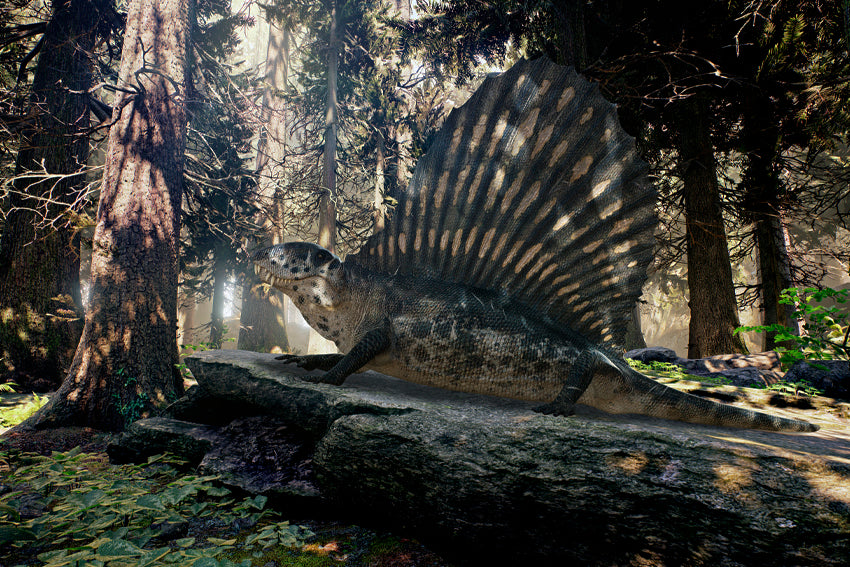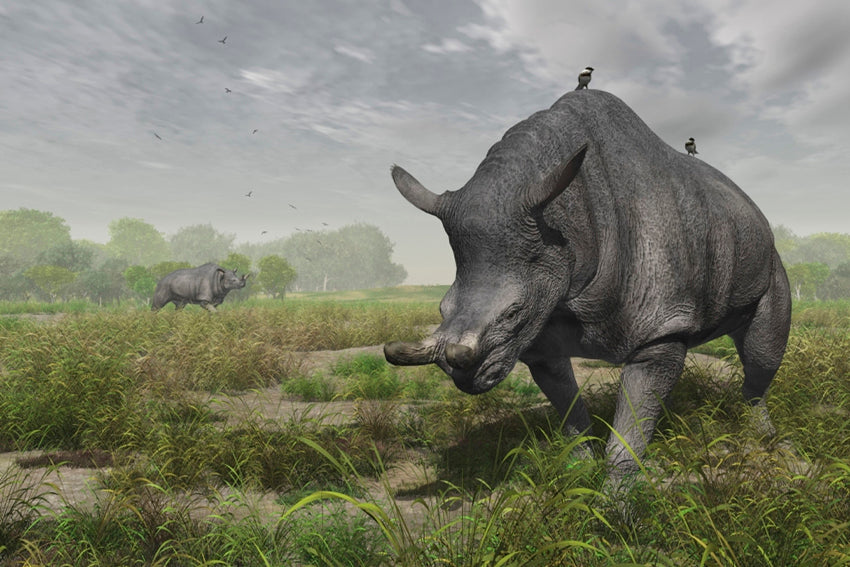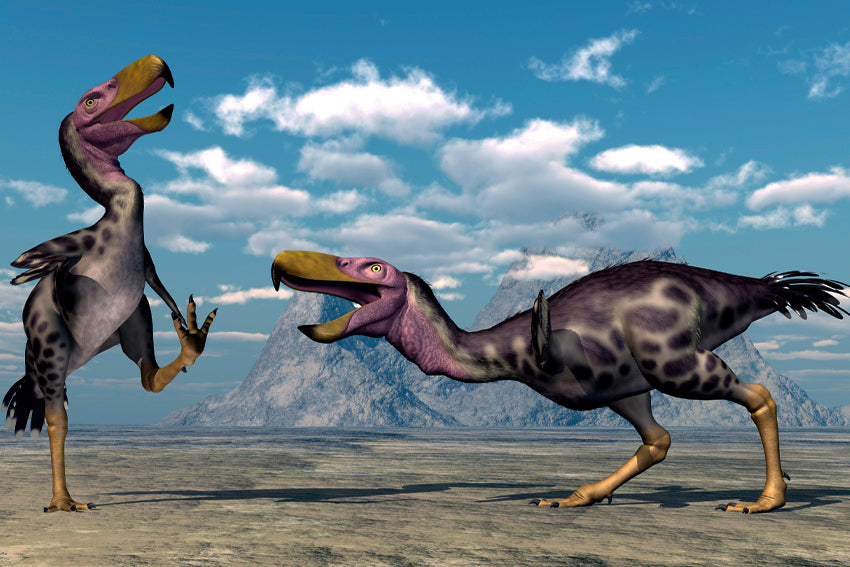The Permian is the last period of the Paleozoic era. It covers from the end of the Carboniferous (299.0 ± 0.8 million years ago) to the beginning of the Triassic (251.0 ± 0.4 million years ago). It owes its name to extensive regions of materials from this period located in the region around the city of Perm, Russia.
During the Permian, all the major land masses, except for certain portions of East Asia, were gathered into a large continent called Pangea, located on the equator and extending toward the poles.
This situation had important effects on the circulation of currents in the great Panthalassa ocean and in the smaller Paleo-Tethys. The future Tethys Sea, so important in the Mesozoic era, begins to form at this time.
The large land masses cause the climate to present extreme variations of cold and heat and monsoonal winds with intense seasonal rains. Deserts spread over Pangea.
At the beginning of the Permian, the Earth was coming out of an ice age, with the polar regions covered in deep sheets of ice. Glaciers continued to cover part of the surface of what had been Gondwana. Towards the middle of the Permian, the climate became warmer, the glaciers receded and the interior of the continents became drier, with a continental climate that would remain until the end of the period.
The dry climatic conditions favored gymnosperms, with seeds endowed with a protective cover, not being so suitable for other spore-dispersing plants, such as ferns. The first modern plants, conifers, ginkgos, and cycads, appeared in the Permian.
Permian marine deposits are rich in fossil molluscs, echinoderms, and brachiopods. Widely distributed ammonoids are already used as guide fossils for this period.
At the beginning of the Permian the Carboniferous flora was still dominant. However, in the middle of this period there was a transition in the vegetation, taking the alternative conifers and other modern plants, as already mentioned.

An important number of new groups of insects appeared at this time, including Coleoptera and Diptera.
Tetrapods included a wide variety of sauropsid and synapsid amphibians and reptiles. The first large terrestrial herbivores and carnivores appear. At the end of the Permian, the first archosaur reptiles appeared, which in the following period would give rise to the dinosaurs.





Share:
Carboniferous period
Triassic period